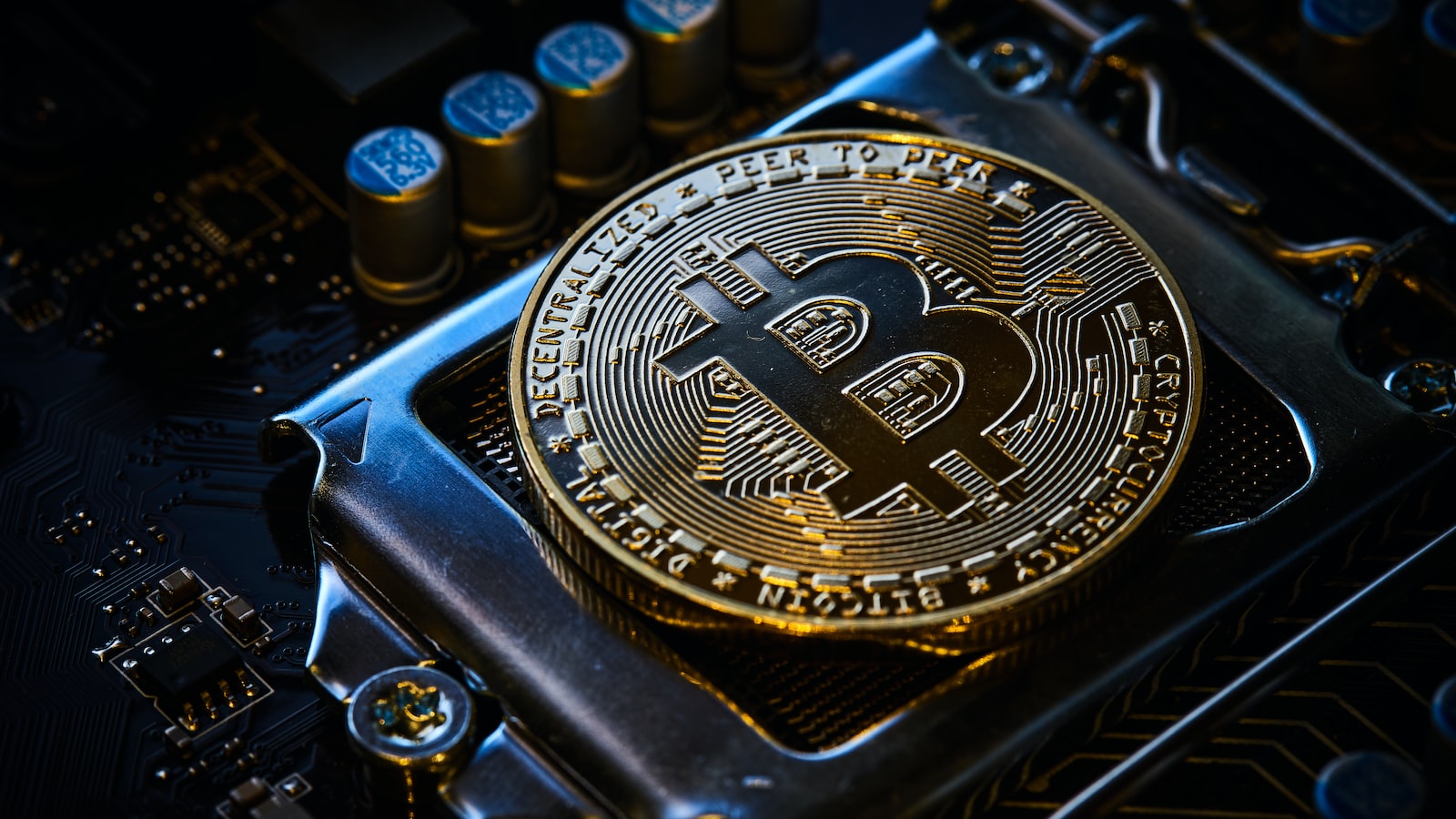Litecoin‘s Block Time and Confirmation: Speeding up Transactions
In the fast-paced world of cryptocurrencies, transaction speed and efficiency have become prime criteria for evaluating the suitability of digital currencies for everyday use. Bitcoin, the pioneer in this field, has faced challenges due to longer block times and confirmation processes, leading to a growing demand for alternatives that provide faster transactional capabilities. Litecoin, often referred to as the “silver to Bitcoin’s gold,” has emerged as a formidable contender, offering considerably improved block time and confirmation speeds. Let’s delve into the details of Litecoin’s block time and confirmation process, exploring how it works to expedite transactions.
Block Time: The Key to Speed
Block time refers to the average time it takes for a new block to be added to a blockchain network. In the case of Litecoin, the block time is significantly shorter than that of Bitcoin. While Bitcoin has a block time of approximately 10 minutes, Litecoin impressively boasts a 2.5-minute block time. This four-fold reduction allows for a significantly higher number of transactions to be confirmed within a shorter timeframe. Litecoin’s faster block time ensures that transactions are processed swiftly, making it an ideal choice for individuals and businesses seeking quick and reliable cryptocurrency payments.
Confirmation Process: Ensuring Security and Speed
The confirmation process in a blockchain network involves multiple nodes reaching a consensus to validate and secure each transaction. These confirmations ensure that the transaction is legitimate and prevent any possibilities of double-spending. In traditional Bitcoin mining, six confirmations were considered the standard for a high degree of security. However, Litecoin, with its faster block time, can achieve the same level of security within just two and a half minutes when compared to Bitcoin’s ten minutes for six confirmations.
The shorter confirmation process offered by Litecoin also increases its resilience to potential attacks. Since each block is confirmed more frequently, the chances of an attacker successfully executing a double-spending attack or manipulating the transactional history are significantly reduced. This increased speed in block confirmation enhances the security and reliability of Litecoin’s blockchain, making it an attractive choice for merchants and individuals conducting frequent transactions.
Network Scalability and Increased Adoption
Litecoin’s faster block time and confirmation process also contribute to its scalability potential. With quicker confirmations, the network becomes more capable of handling a higher volume of transactions per second, meeting the requirements of a growing user base. This scalability makes Litecoin an ideal solution for popular applications, such as point-of-sale systems or online merchants, as it allows for quicker and smoother transactions.
Additionally, Litecoin’s faster transaction speed has positioned it as a viable solution for micro-payments. Users engaging in smaller value transactions can now enjoy an efficient transaction experience, which was previously hindered by slower block times offered by other digital currencies.
Conclusion
Litecoin’s block time and confirmation process play a crucial role in enhancing transaction speed and efficiency, addressing one of the significant challenges faced by cryptocurrencies like Bitcoin. With a remarkable reduction in block time and a secure confirmation process, Litecoin has established itself as an effective alternative, providing users with quicker transactional capabilities.
As the demand for more efficient digital transactions grows, Litecoin’s faster block time and confirmation process contribute to its increased adoption and potential global scalability. By speeding up transactions and maintaining a high level of security, Litecoin has positioned itself as a promising cryptocurrency perfect for everyday use, further pushing the boundaries of blockchain technology.







